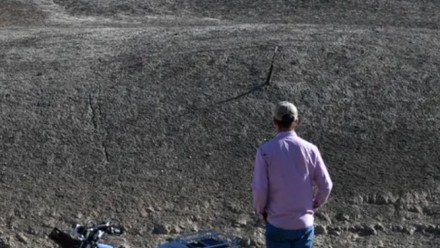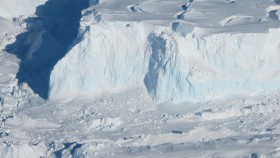We looked at 35 years of rainfall and learnt how droughts start in the Murray-Darling Basin
The extreme, recent drought has devastated many communities around the Murray-Darling Basin, but the processes driving drought are still not well understood.
Our new study helps to change this. We threw a weather model into reverse and ran it back for 35 years to study the natural processes leading to low rainfall during drought.
And we found the leading cause for drought in the Murray-Darling Basin was that moisture from oceans didn’t reach the basin as often as normal, and produced less rain when it did. In fact, when moisture from the ocean did reach the basin during drought, the parched land surface actually made it harder for the moisture to fall as rain, worsening the already dry conditions.
These findings can help resolve why climate models struggle to simulate drought well, and ultimately help improve our ability to predict drought. This is crucial for our communities, farmers and bushfire emergency services.











